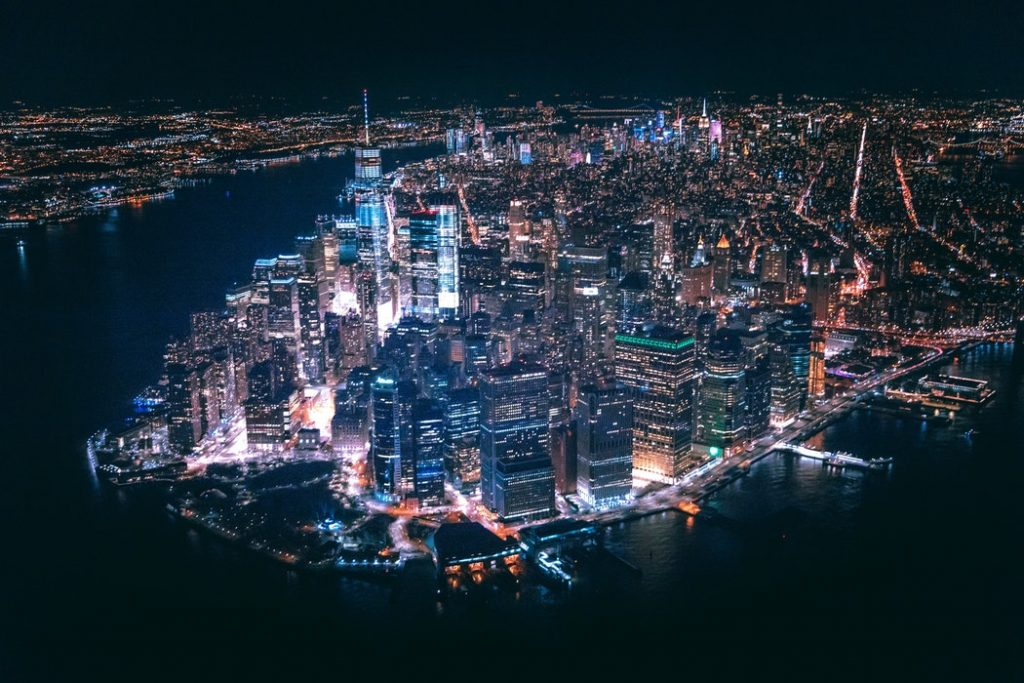Smart Pole Enhancing Public Safety and Security: Beyond Just Simple Lighting
Smart poles represent a fundamental shift in how cities approach public safety, moving beyond mere illumination to create a dynamic, interconnected security network. This transformation is driven by the integration of sophisticated hardware and software. At their core, smart poles are equipped with high-resolution cameras that provide real-time surveillance and can be used to monitor traffic flow, detect violations, and identify vehicles through automated license plate recognition (ALPR). These systems also include emergency call buttons and speakers, creating a direct line of communication for citizens in distress and enabling authorities to issue public announcements and warnings. Furthermore, advanced sensory capabilities, such as gunshot detection, allow the system to pinpoint the location of incidents and alert law enforcement automatically, enabling a quicker and more effective emergency response.
The impact of this technology on public safety is supported by compelling evidence. A study conducted by the University of Chicago Crime Lab found that in NYC public housing developments, the installation of brighter lighting correlated with a 36% drop in nighttime outdoor index crimes. This finding was further validated by a more recent study in Philadelphia, which demonstrated a 15% reduction in outdoor nighttime street crime and a 21% decline in outdoor nighttime gun violence following a city-wide LED lighting upgrade. This evidence points to a critical relationship between lighting and crime prevention; brighter, more responsive lighting does not just make people feel safer but tangibly contributes to a reduction in criminal activity.
This direct impact on crime and safety sets in motion a positive feedback loop that extends beyond simple crime prevention. When a city’s residents feel secure, as a source emphasizes, they are more likely to engage with their community and use public spaces after dark. This increased public presence can lead to a reduction in crime, as more people on the streets act as a natural deterrent. This effect fundamentally alters the social environment, creating a vibrant, safe, and more welcoming urban landscape that can stimulate local economies and foster a stronger sense of community. The smart pole, therefore, is not merely a tool for preventing a single crime but a catalyst for enhancing the overall quality of urban life.
Smart Poles as IoT Network Medium
Beyond safety, smart poles function as an IoT network medium, interconnecting critical urban systems:
Smart Traffic Management: Integration with cameras and sensors to reduce congestion, detect accidents, and guide autonomous vehicles.
5G / Wi-Fi Hotspots: Providing residents and visitors with seamless internet access throughout the city.
Energy Efficiency: Using adaptive dimming and smart scheduling to cut energy consumption by 30–50%.
Urban Data Collection: Creating a living database of traffic, environmental, and social activity that helps city planners make evidence-based decisions.
By aggregating this information, cities gain a nervous system of interconnected devices — enabling proactive governance, better planning, and safer communities.
Smart Poles as Active Guardians of Urban Safety
Smart poles represent a fundamental shift in how cities approach public safety. Instead of serving as passive light sources, they are now active guardians of public spaces, forming a dynamic and interconnected security network. This transformation is powered by the convergence of sophisticated hardware and intelligent software.
Key Security Functions Integrated into Smart Poles:
High-Resolution Cameras: Provide real-time surveillance of streets, parks, and public facilities. They can monitor traffic flow, detect rule violations, and identify vehicles via automated license plate recognition (ALPR).
HD Camera: High-definition surveillance cameras integrated into light poles, capturing activity 24/7.
Emergency Call Buttons & Speakers: Enable citizens to contact authorities directly in emergencies, while authorities can broadcast public announcements and alerts during crises.
Gunshot Detection Sensors: Instantly detect and geolocate gunfire, sending automated alerts to law enforcement for rapid deployment.
Environmental Monitoring: Sensors measure air quality, temperature, and noise, contributing to healthier urban environments while supporting public safety analysis.
This integration makes smart poles far more than light fixtures — they are critical digital nodes in a city-wide IoT ecosystem.
Restoring Public Trust and Livelihood
Crime not only affects the resident happiness index — it erodes public trust, discourages evening commerce, and reduces community vitality. Smart poles reverse this trend by:
- Making public spaces usable and safe at night.
- Providing psychological reassurance through visible surveillance and emergency buttons.
- Protecting businesses, parks, schools, and transport hubs.
The Importance of Smart Poles in Modern Cities
As cities worldwide transition toward smart, connected, and sustainable infrastructure, smart poles have emerged as one of the most vital elements of urban transformation. Unlike traditional light poles, smart poles integrate lighting, sensors, communication networks, and digital services into a single multifunctional platform. Their importance lies not only in illumination, but in their ability to connect, protect, and optimize the modern city.
Smart Poles as Crime Defeat Infrastructure
The smart pole is no longer just a light source; it is a citywide security backbone. Equipped with IoT connectivity, intelligent sensors, and communication systems, smart poles can defeat crime proactively — not just by illuminating streets but by detecting threats, alerting authorities, and restoring public confidence.
For future-ready cities, smart poles are the foundation of urban livelihood, where safety, sustainability, and technology converge to create truly crime-resilient smart cities.
Post time: Aug-22-2025










